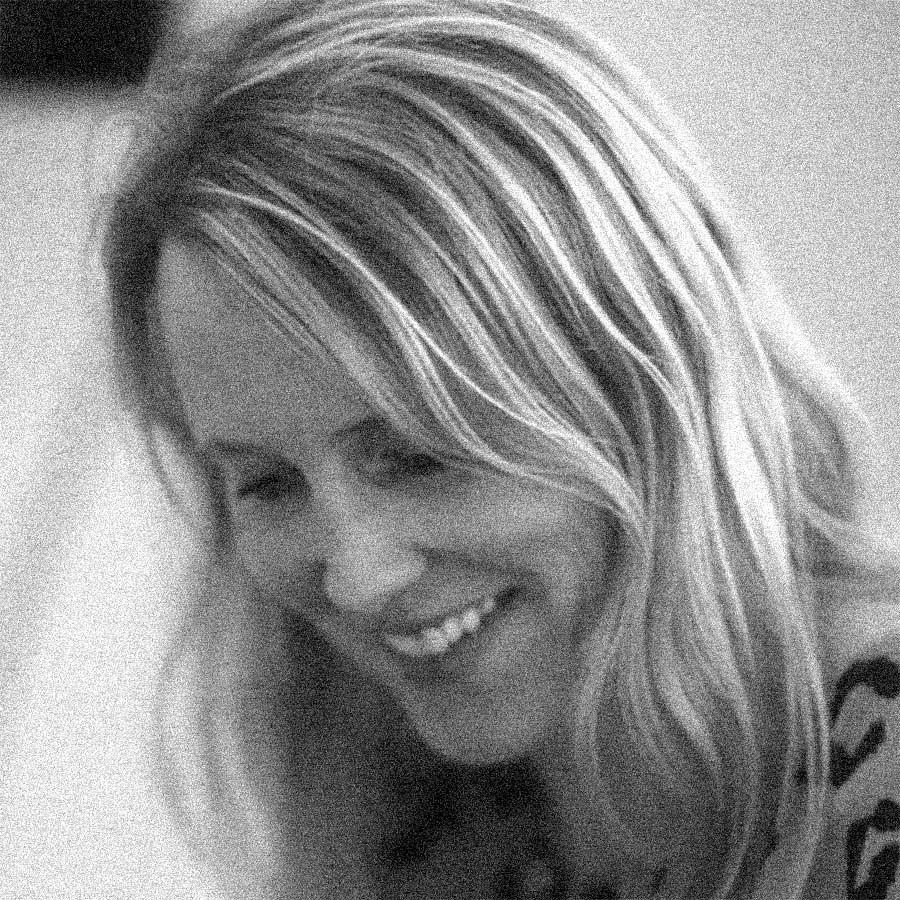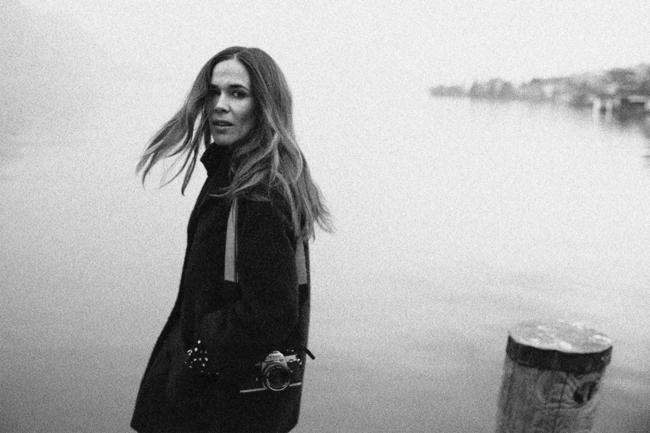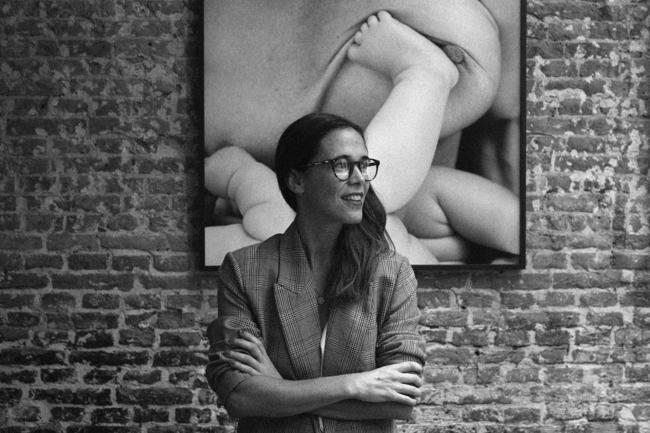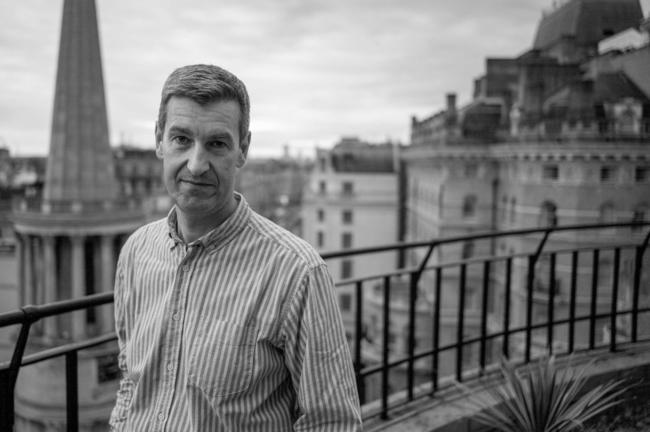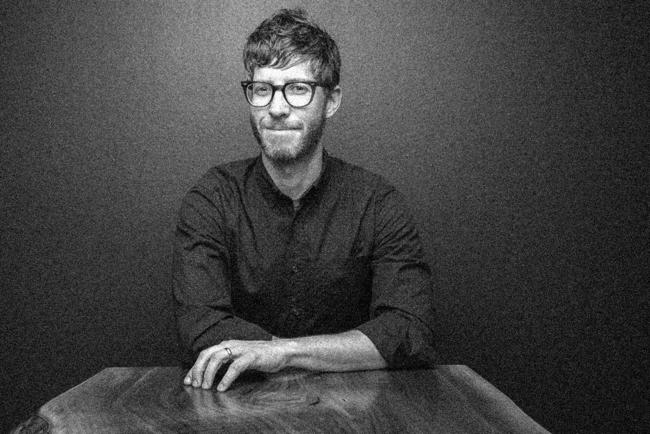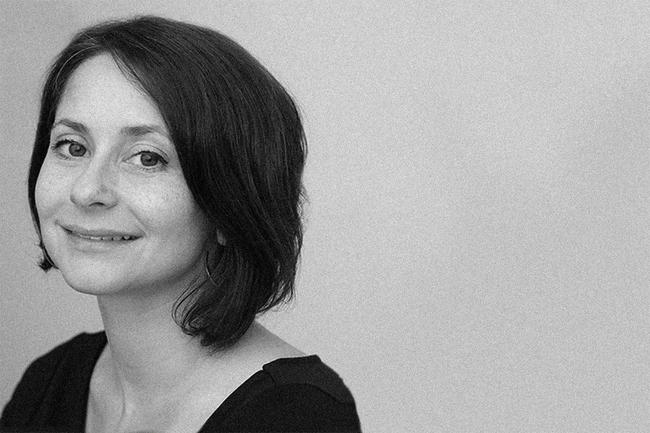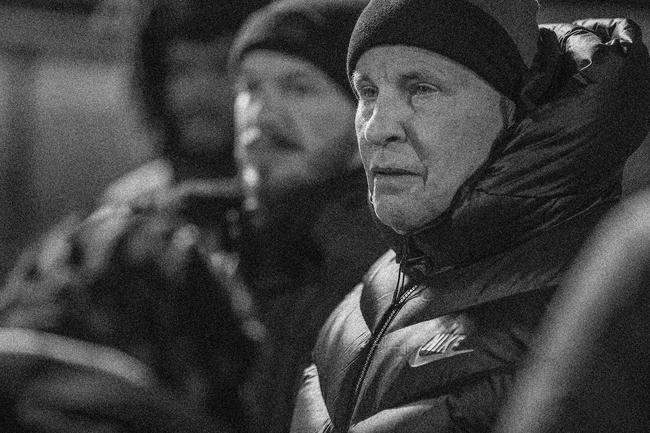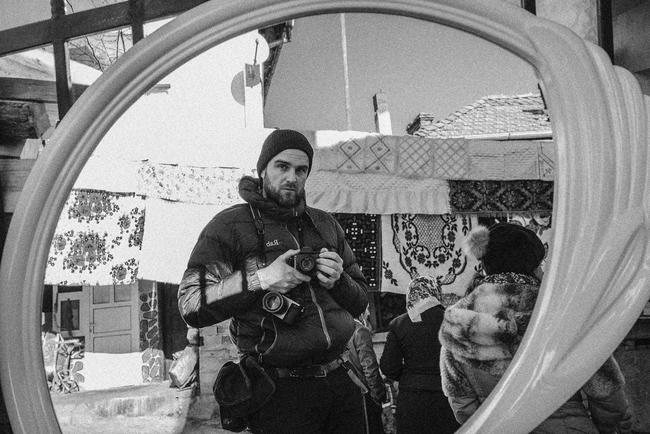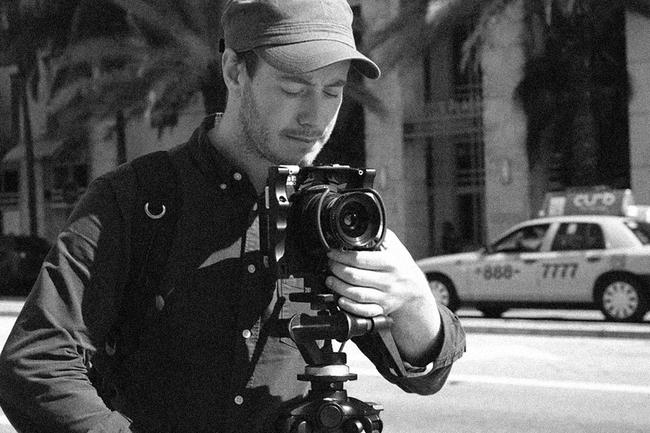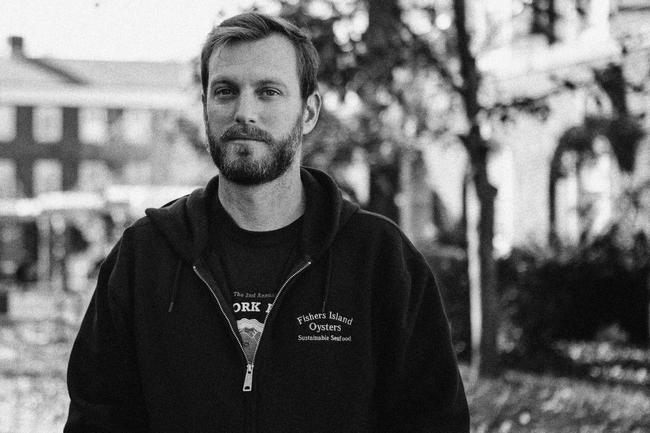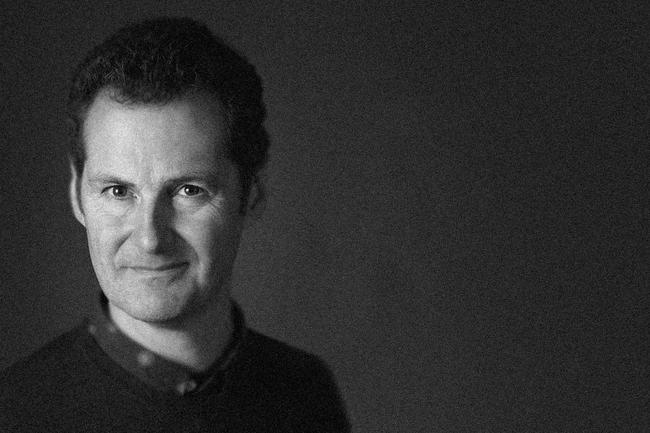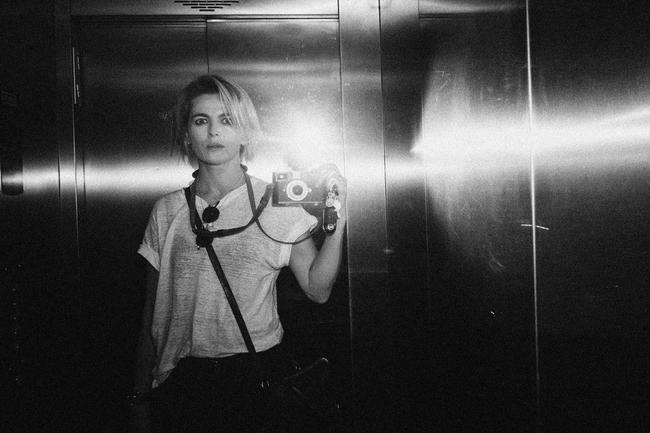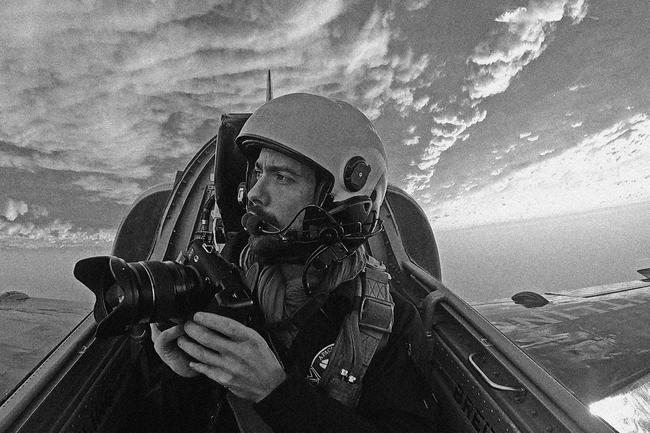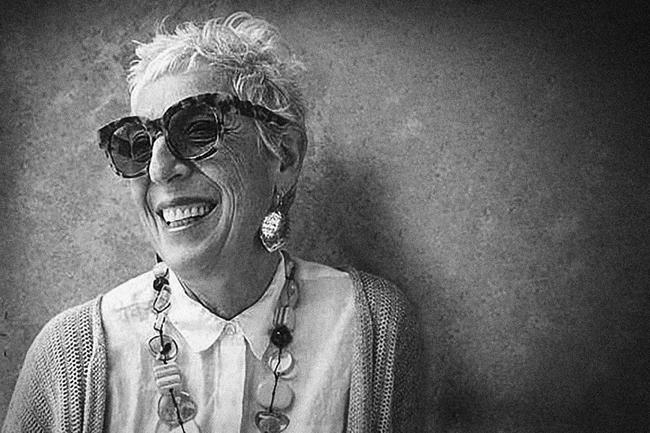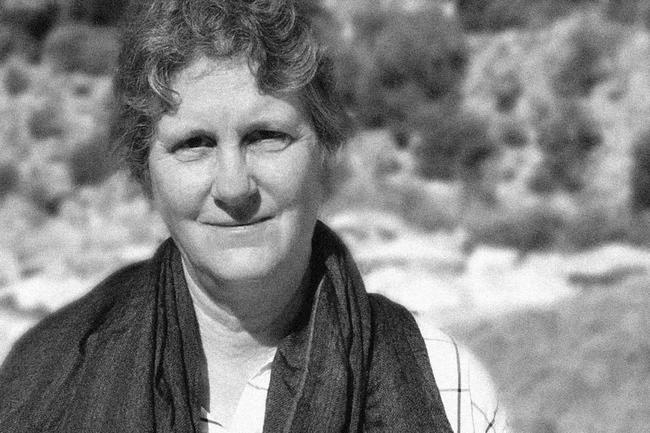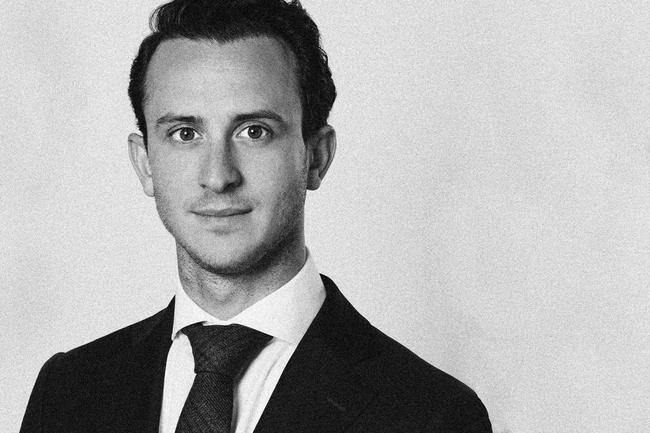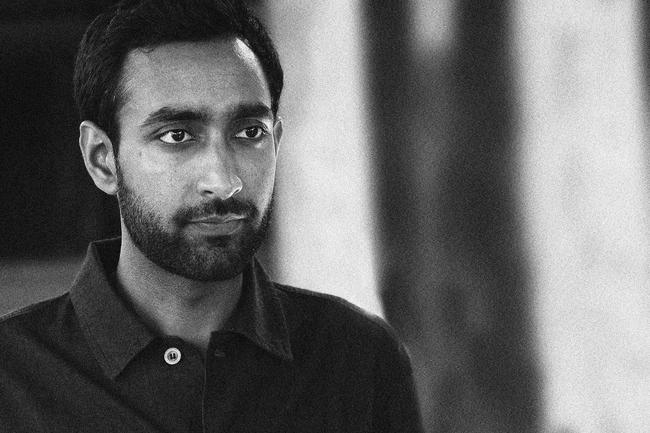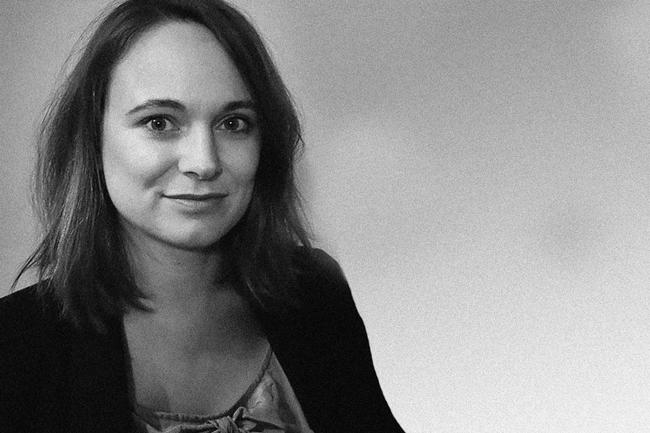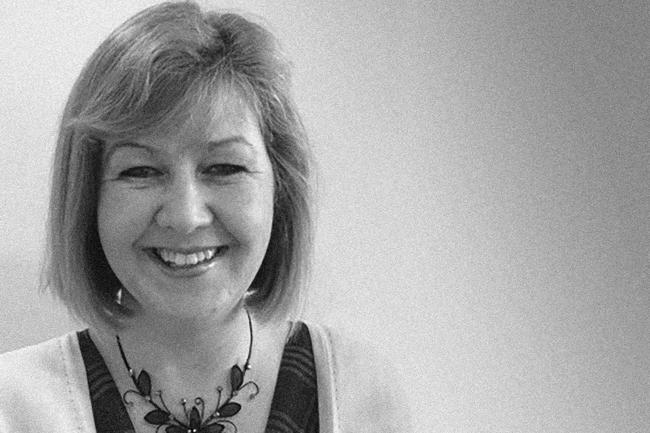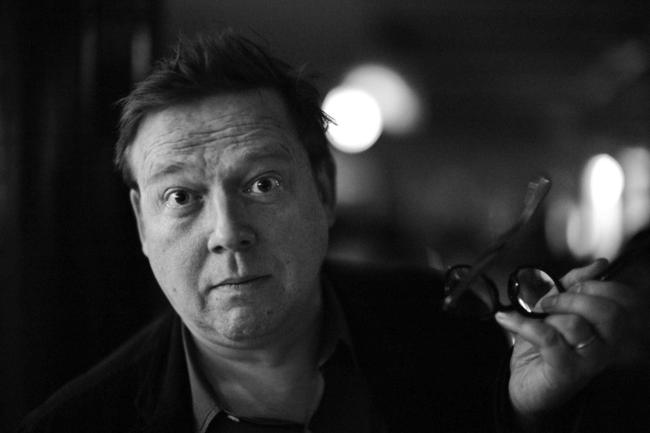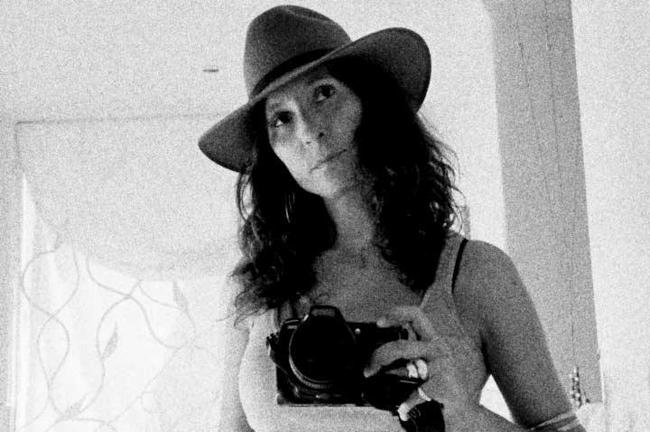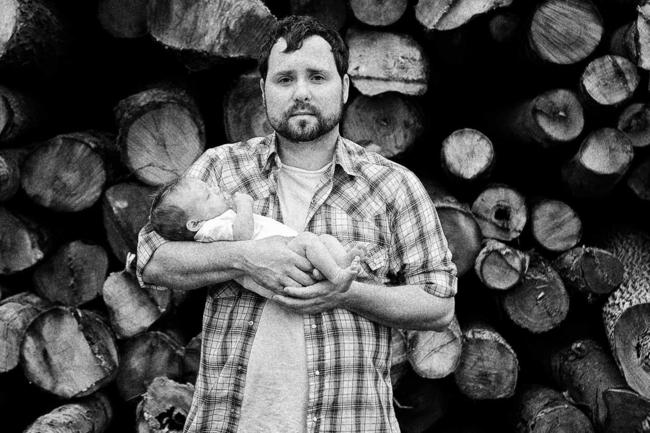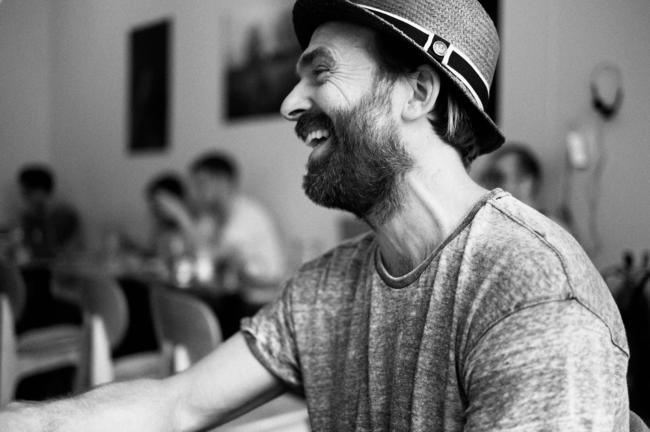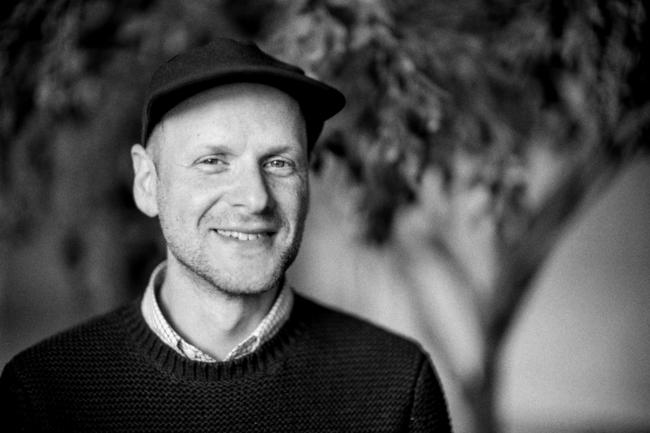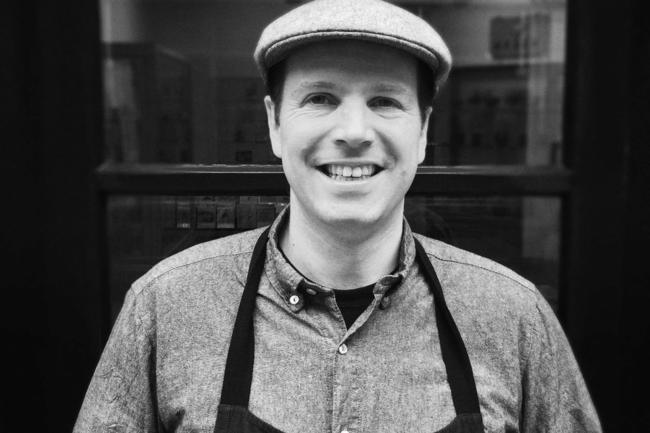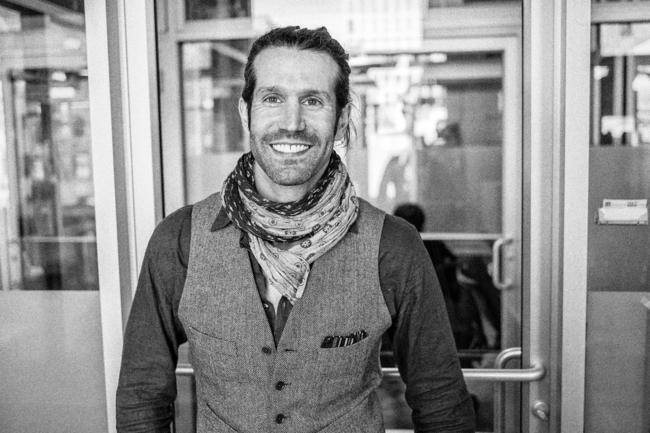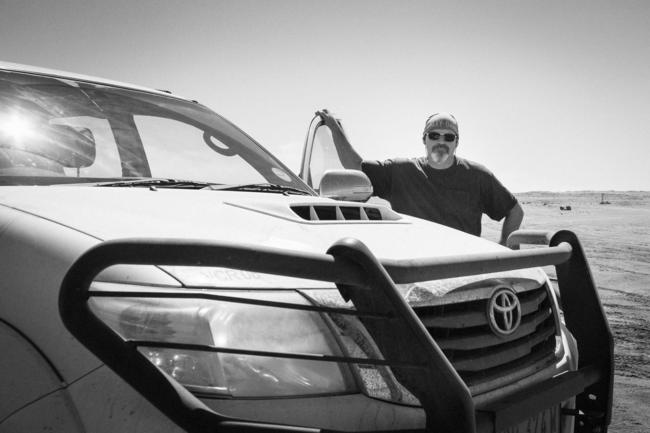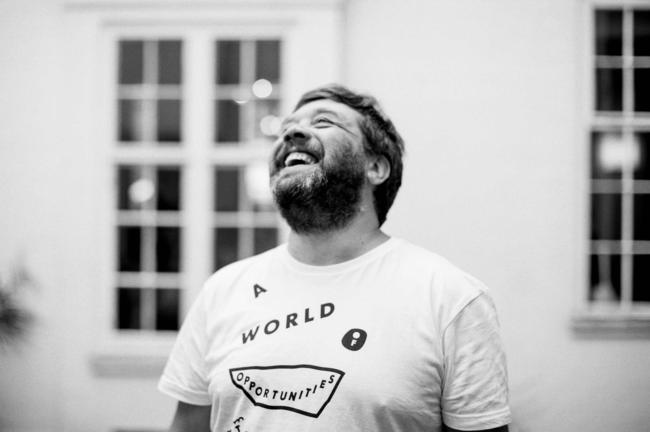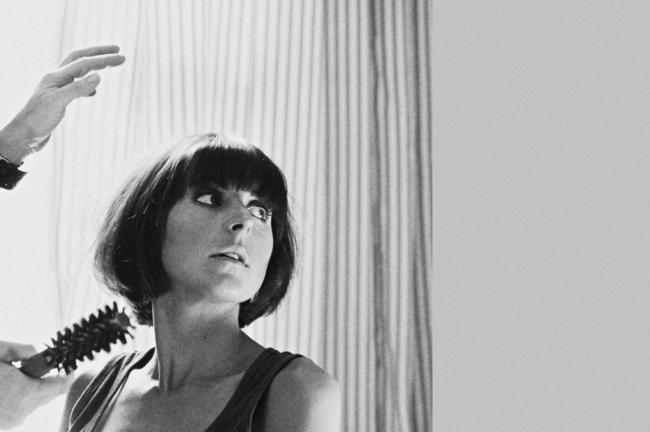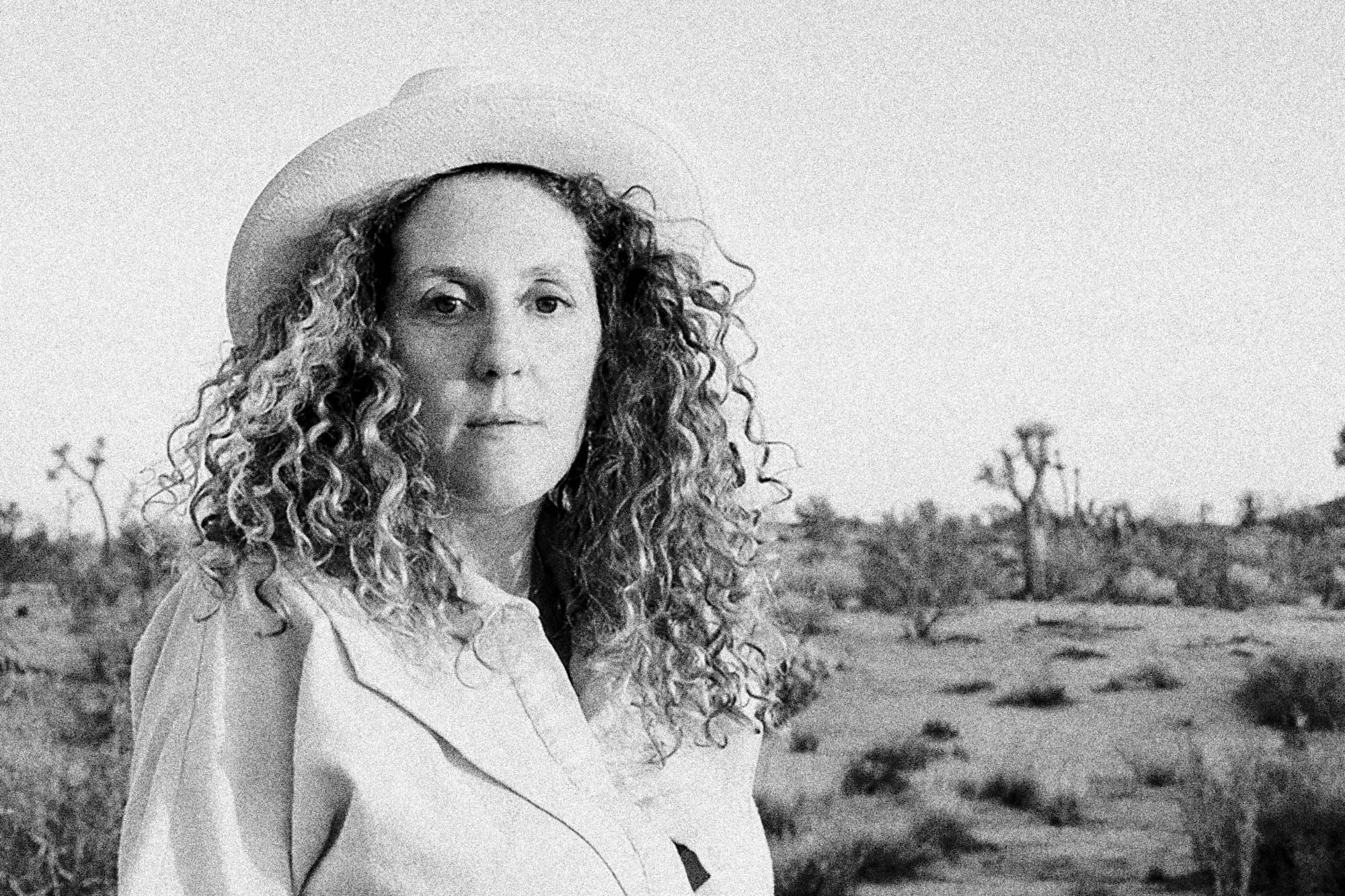
Conversation with Gabriela Herman
Gabriela Herman grew up in Boston but her Brazilian roots and time spent living abroad in vibrant spots like Mexico and São Paulo have added a wonderful depth to her photographic palette. Her optimistic attitude to life also shines through in her pictures, which have real warmth and energy.
Gabriela’s personal work has roamed between intimate portraits of bloggers to people with an LGBT parent and glitzy rodeo queens. Aside from the portraiture, her focus is on food, travel and lifestyle, with editorial for top magazines and commercial work for the likes of Nikon and Google.
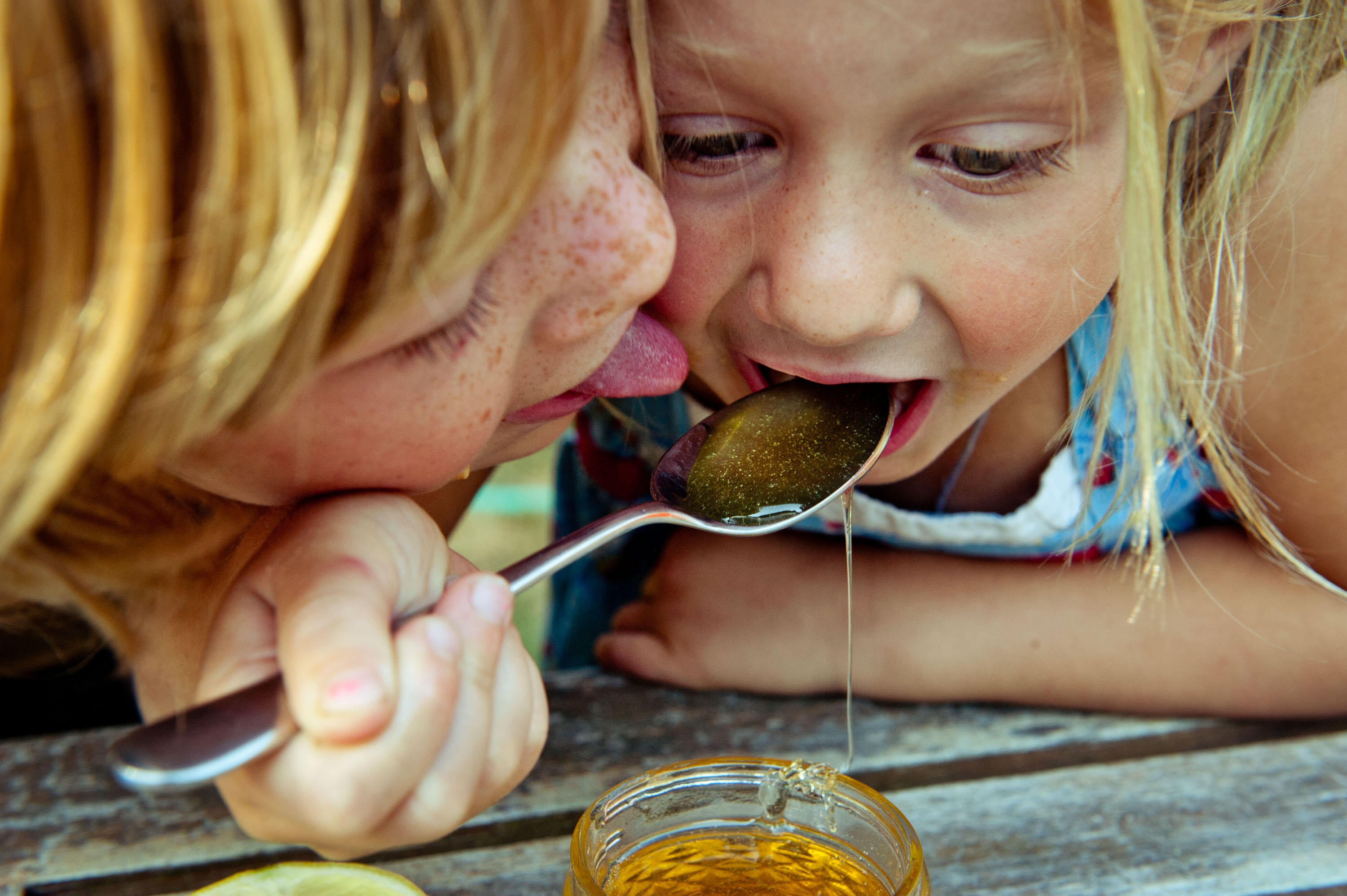
How did you end up on this path?
I took photography classes throughout high school and college, where I was a psychology major. My studies took me abroad for a while to Mexico and Brazil. When I graduated, I returned to São Paulo, where we had a family apartment. I had a random job for about two years then decided I wanted to do photography professionally so quit my job, networked for about six months, working for free. Somehow I ended up getting a job for the top photographer in Brazil, Bob Wolfenson, which was amazing. I was the lowliest studio worker but it was a very eye-opening experience being on shoots for top ad campaigns and celebrities.
Wow, how amazing to have that opportunity so early on in your photographic journey.
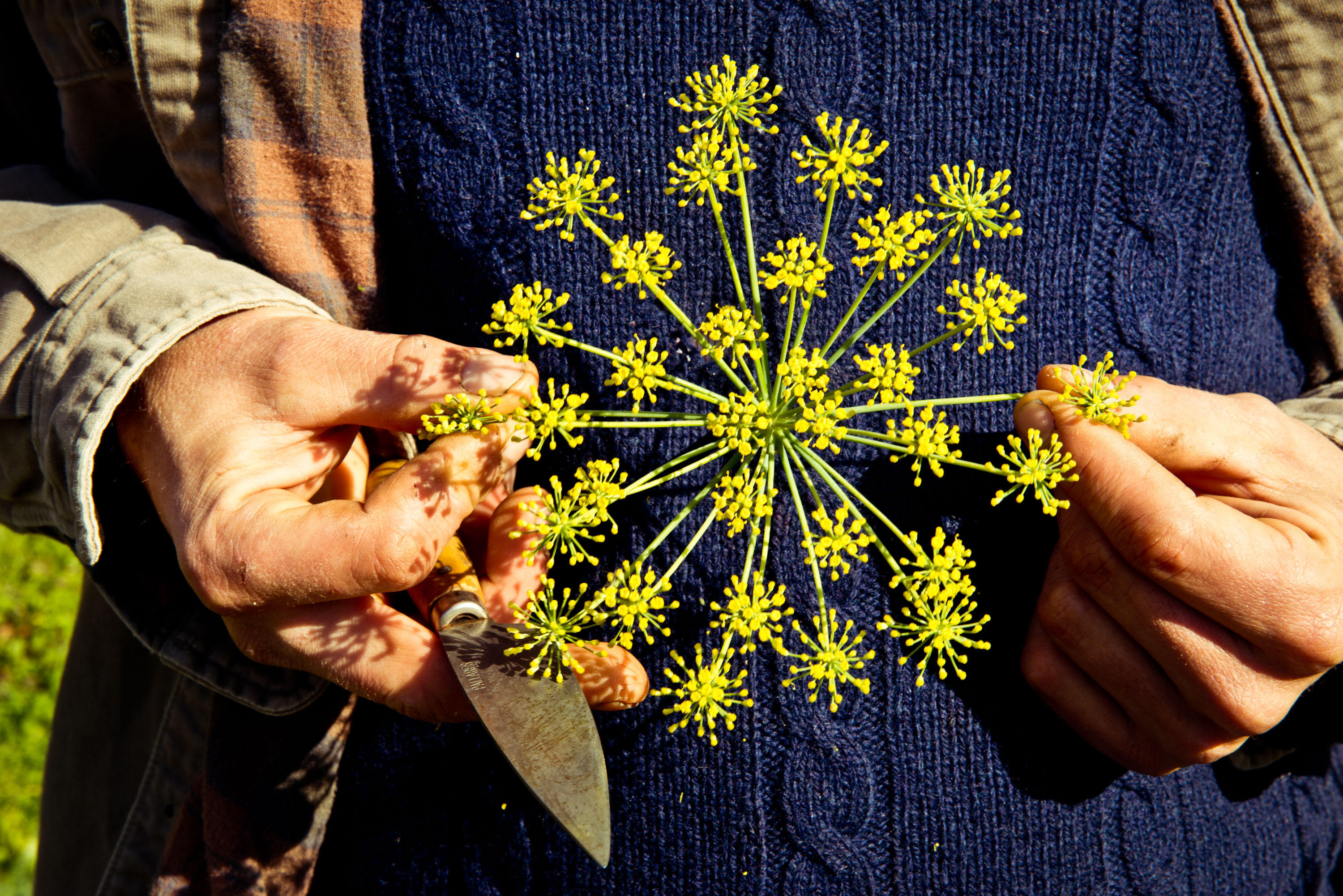
After a few years, I was ready to return to New York. I was assisting at that point and though I had worked for this top photographer, his name didn’t mean so much in the U.S. so I sort of had to start from the bottom again, volunteering and building a network. But I was really lucky and didn’t have to wait tables or anything as a side hustle, I was always shooting events, weddings and so on. And I was always working on my own personal projects.
Naturally, it came to a point where I didn’t want to be an assistant. I was getting some momentum and kind of had my first big break when hanging out with a childhood friend who is a chef and a farmer. He had started doing outdoor farm dinners, back when it wasn’t that popular, and I began taking pictures, really just for myself, for fun. After a couple of summers, I had this food and farm body of work. Before that I had only really shot portraits of people.
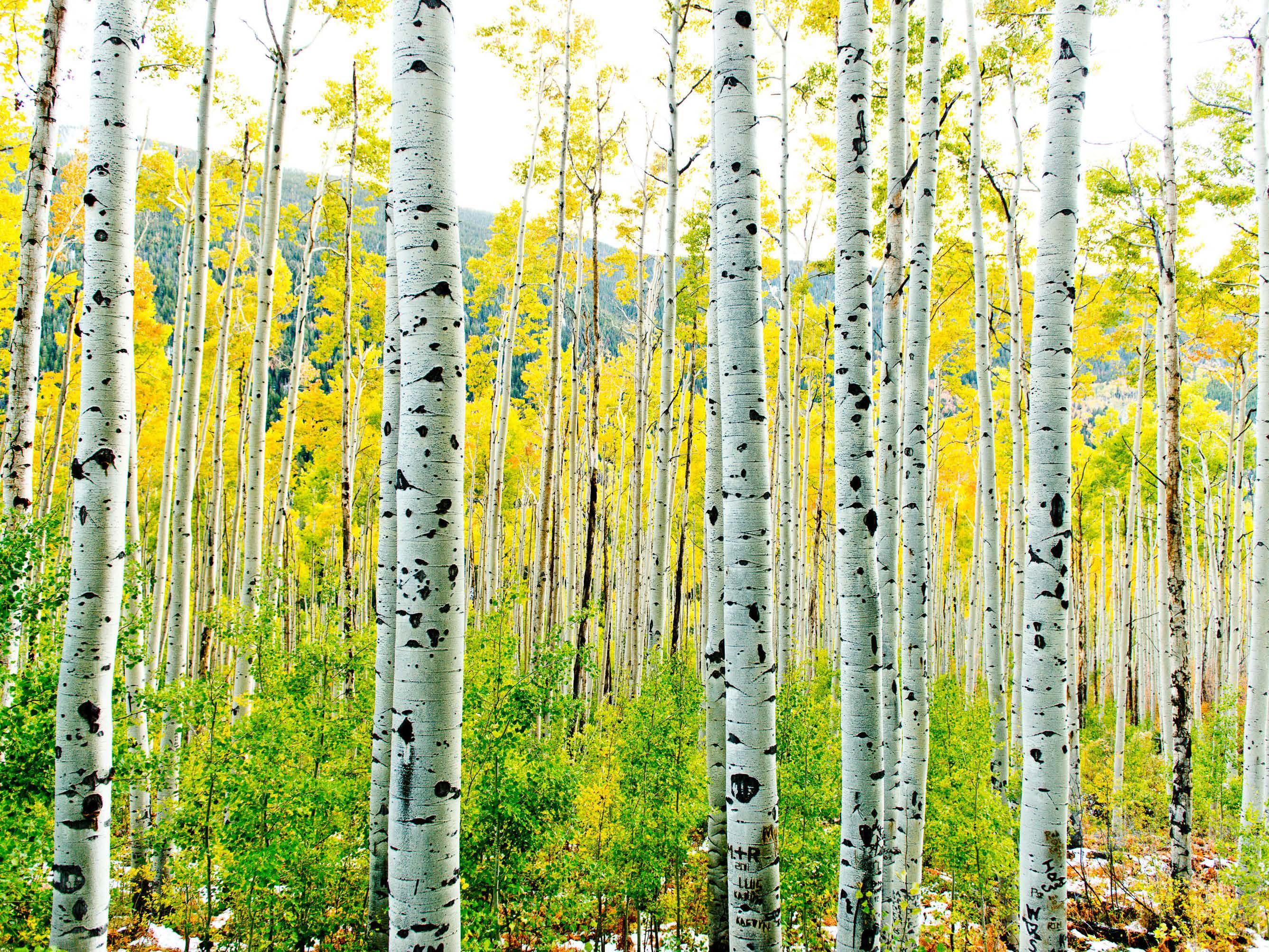
Family and friends saw the pictures, and one worked with [American media mogul] Martha Stewart. I got a call out of blue one day saying “We rarely do this but we just came across your stuff and we have a job that’s perfect for you, can you do it?”. I knew it was a huge opportunity and I hopped on a plane that night. To this day, it’s one of my favourite assignments: I had three days to shoot this apple orchard in Maine and one of the top pomologists in the country. It was my first big national feature.
Then there was a period where I literally joked that my gig was shooting good looking farmers. But I started to get into a lot of travel work after that, shooting loads for Condé Nast Traveler magazine.
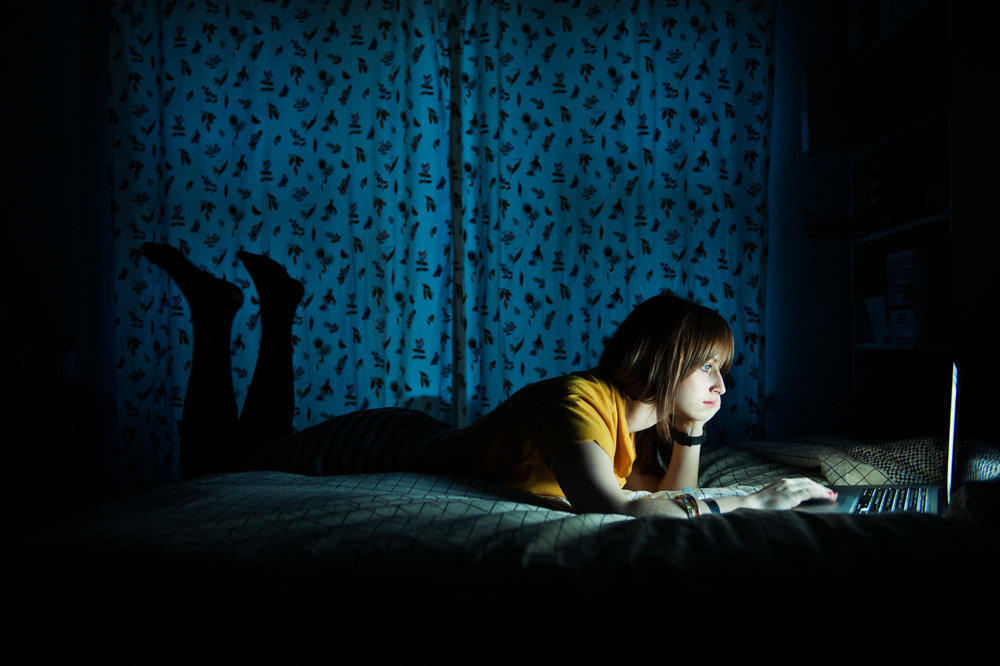
Tell me about your first real personal project – your Bloggers series. The images are so compelling.
This was my first cohesive body of work, which had a vision and execution. It was portraits of popular bloggers being lit only by their computer screens. At the time, it was when blogging started really taking off. I had my own blog and was following hundreds of them. People thought the project was about isolation, as bloggers are often anonymous or hidden, but for me it was the opposite. The way I shot it was spotlighting these writers, showing how even though we’re all in different corners of the world, we’re connected online to each other. Bloggers were really cultural tastemakers, saying all sorts of things and revealing their inner selves to online audiences, and I wanted to highlight that.
It taught me the power of a cohesive body of work and how someone can see that series, recognise it and know me for it. It kind of went viral online, because of its nature, which was great, as it got lots of recognition and I exhibited in a bunch of places and won some awards. To me, that showed the importance of having a personal project that is trying to make a statement.
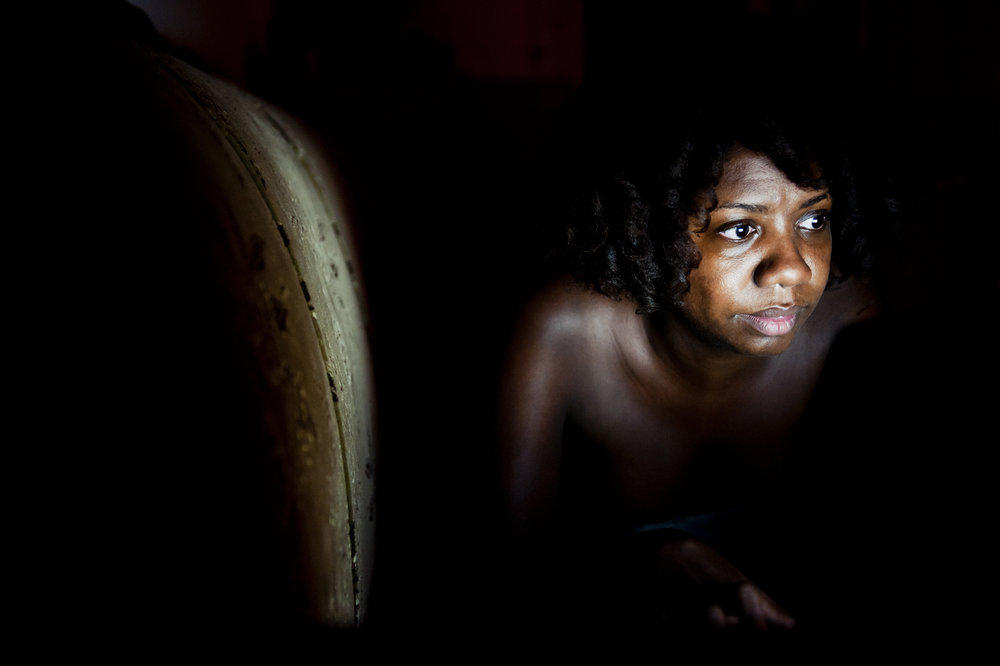
You’re a social person, good at being connected on social media. So first there were portraits of people, then farm and food photos, and travel. So you’ve really covered a dynamic breadth of bread and butter subjects.
I would say I shoot food, travel, lifestyle and portraiture. But when you say travel photography that really is a mixture of it all – they all feed into each other really.
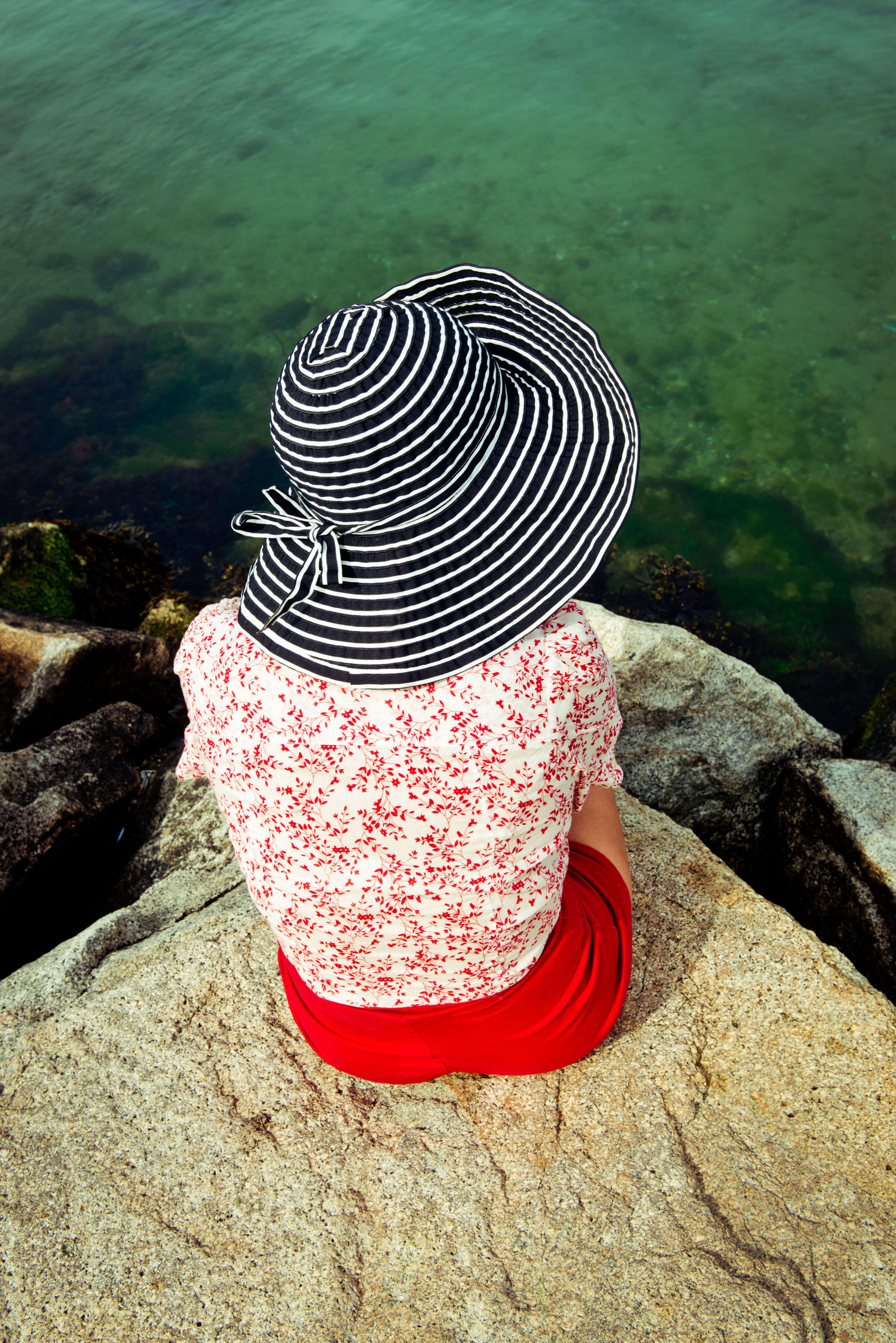
Did you have one of those revelatory moments with photography or did you gradually fall in love with it?
There were two exhibitions I went to in Boston during high school that really made their mark on me. I’d always been interested in self-portraits and my photography teacher in ninth grade took me to an exhibition of Francesca Woodman, a young female American photographer, who only lived until her 20s. She did black and white self-portraiture, relating to the body and movement, which was exactly the kind of stuff I’d been into. At the show, I thought wow, if this girl, not much older than me, can have her framed photos in a museum, that’s something I could do too. A year or so later, seeing another black and white portraiture show of [fashion photographer] Herb Ritts, was also very defining.
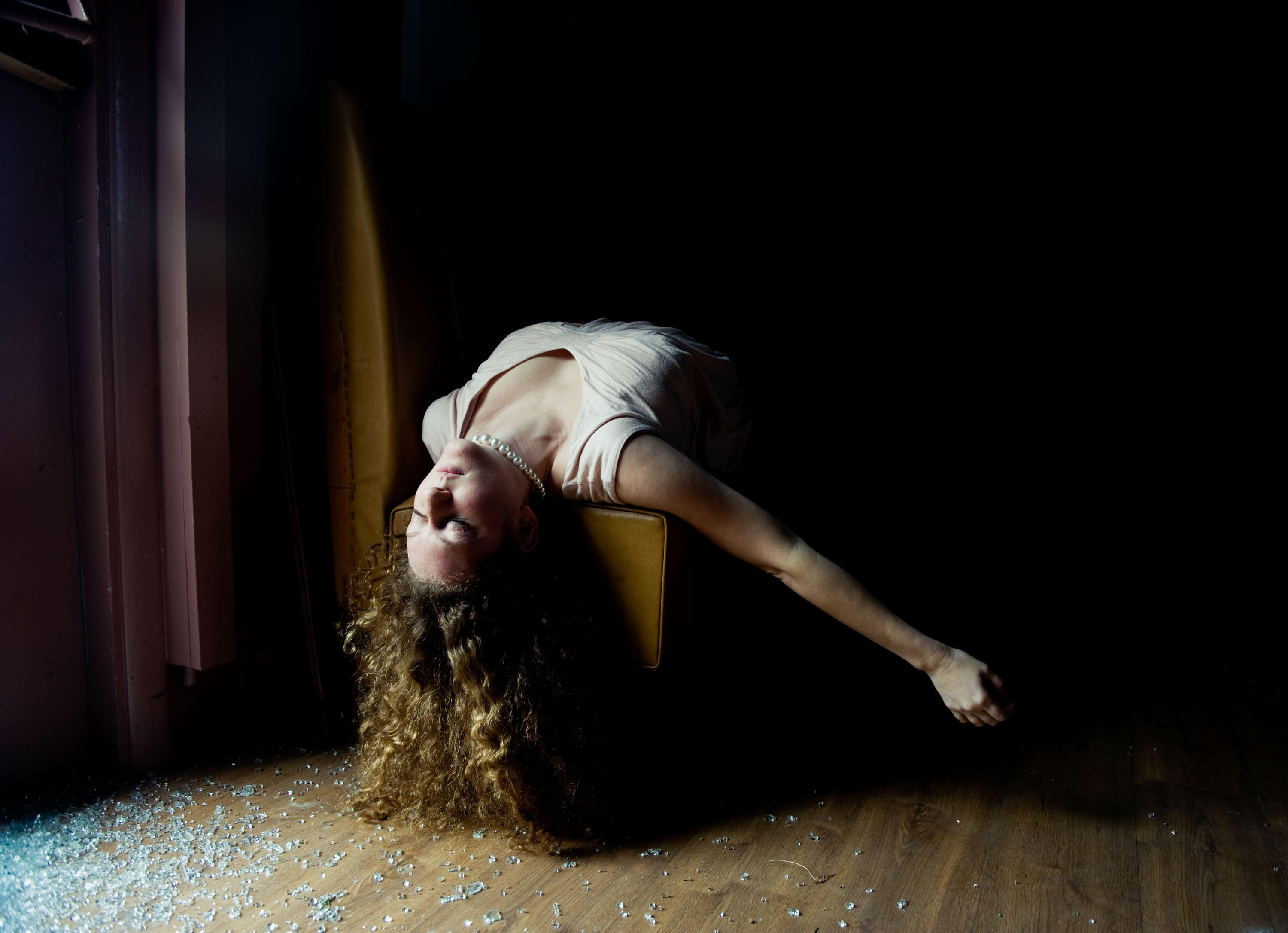
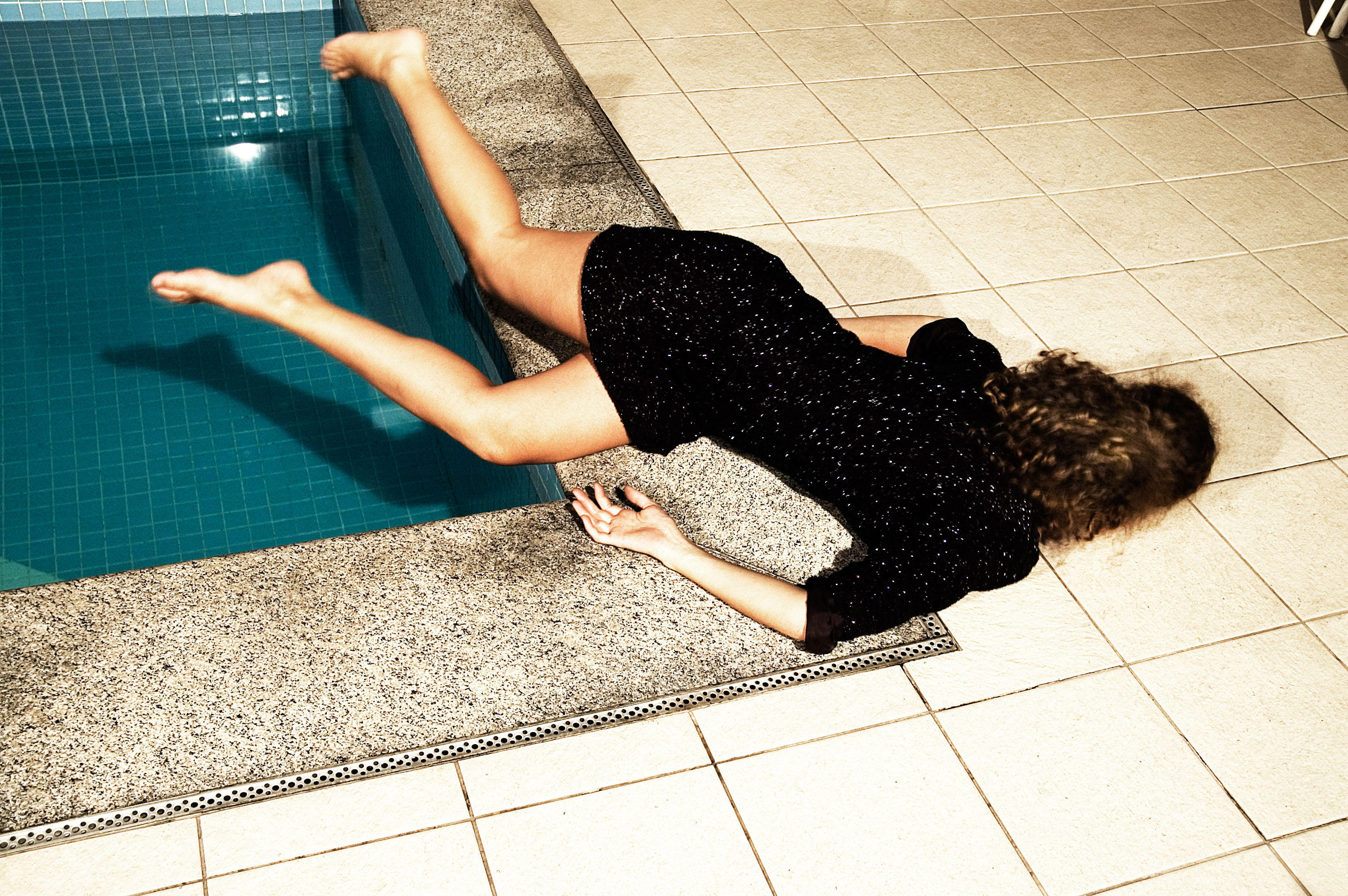
Do you feel you have a defining style?
I think people say ‘intimate’ – I make subjects feel at ease and hopefully that shows in the images. I’m a naturally optimistic person and I think that positivity and energy also comes through in my photos.
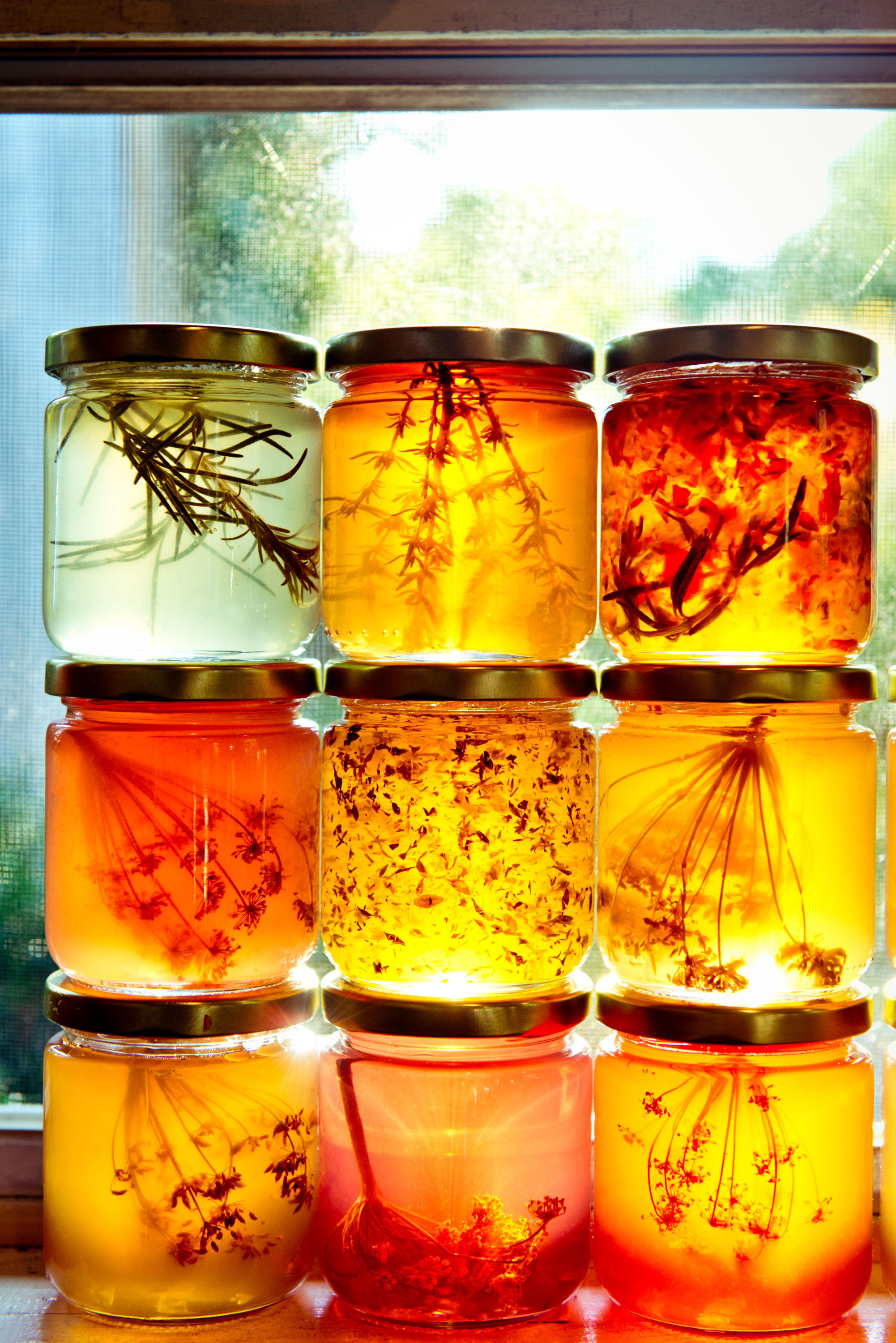
And the colours, they just sort of speak to you; hit you quite hard in a really lovely way.
Talking a bit more about your style, what motivates you – with your personal projects you touch on the importance of making a statement. For some photographers, that doesn’t interest them. What else is important to you?
I think for personal projects I tend to explore stuff that I’m already interested in. Some photographers want to go off and meet a whole new community that they know nothing about and learnt about it. But I’m more interested in the familiar.
Your current project, The Kids, documenting adult children with an LGBT parent, really epitomises that as it was borne out of personal experience. What does it mean to you and why did you start it?
This is a therapeutic project. My mom is gay and she came out when I was in high school and it was a very difficult time. I hardly spoke to her and didn’t know anyone else who had gay parents and my parents were also splitting up. It was a very traumatic experience and I’d never really dealt with it or talked about it. Six years ago, I kind of had the idea of doing a photo project around it and photographing other people who had gay parents. But I didn’t know of anyone else. I started going to support groups through Colage, a national organisation that exists to support kids of gay parents. And it was there that I first met other people with similar situations and experiences. From the very first meeting, I knew 100 per cent that this was a project I needed to do. It’s obviously evolved but that was the start of it.
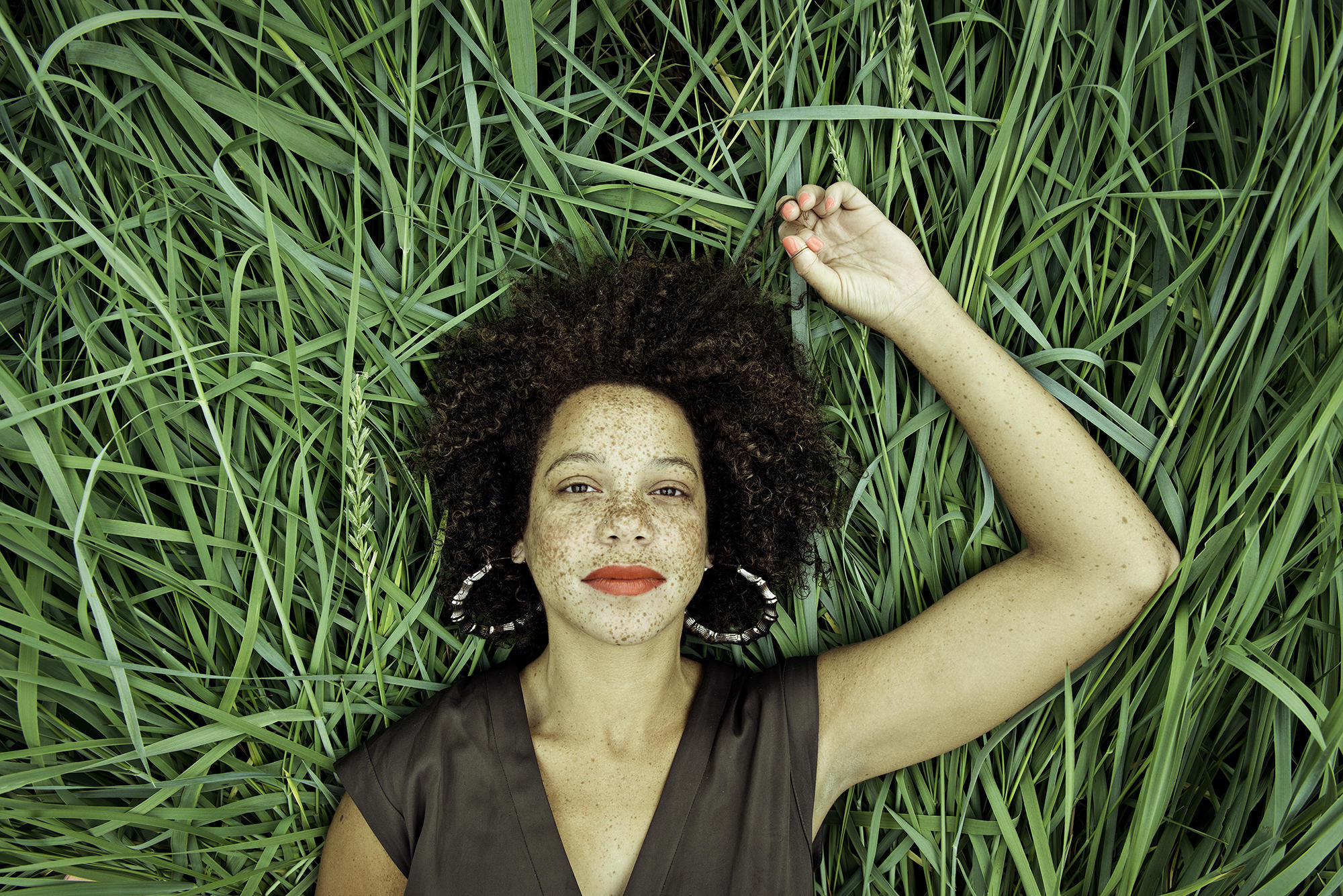
With the Bloggers project, it went viral before I had written a statement about it, which was great, but I knew for this project, I wanted to release it when it was fully packaged and ready to be out. Once I felt I had enough subjects for a proper body of work, I built a website, pitched it and it was published in The New York Times, along with my personal story, which was amazing. It was at the time of a supreme court decision on marriage equality.
Being in that newspaper is the largest audience it will likely ever have, but I wasn’t done with the project. And all of a sudden, instead of having to seek out subjects, I had people coming to me and wanting to be part of it.
And then last summer, you were approached by publisher New Press about making it into a book project. How’s that been?
It seems the next logical step but it’s been a lot of work. When the article came out, I had about 40 portraits from six years of shooting, with audio interviews alongside. This publisher wanted me to shoot another 40 in six months. I’ve also recently had a baby, so it’s been tough, but I’m in the last push now, shooting the final subjects and sorting the transcripts.
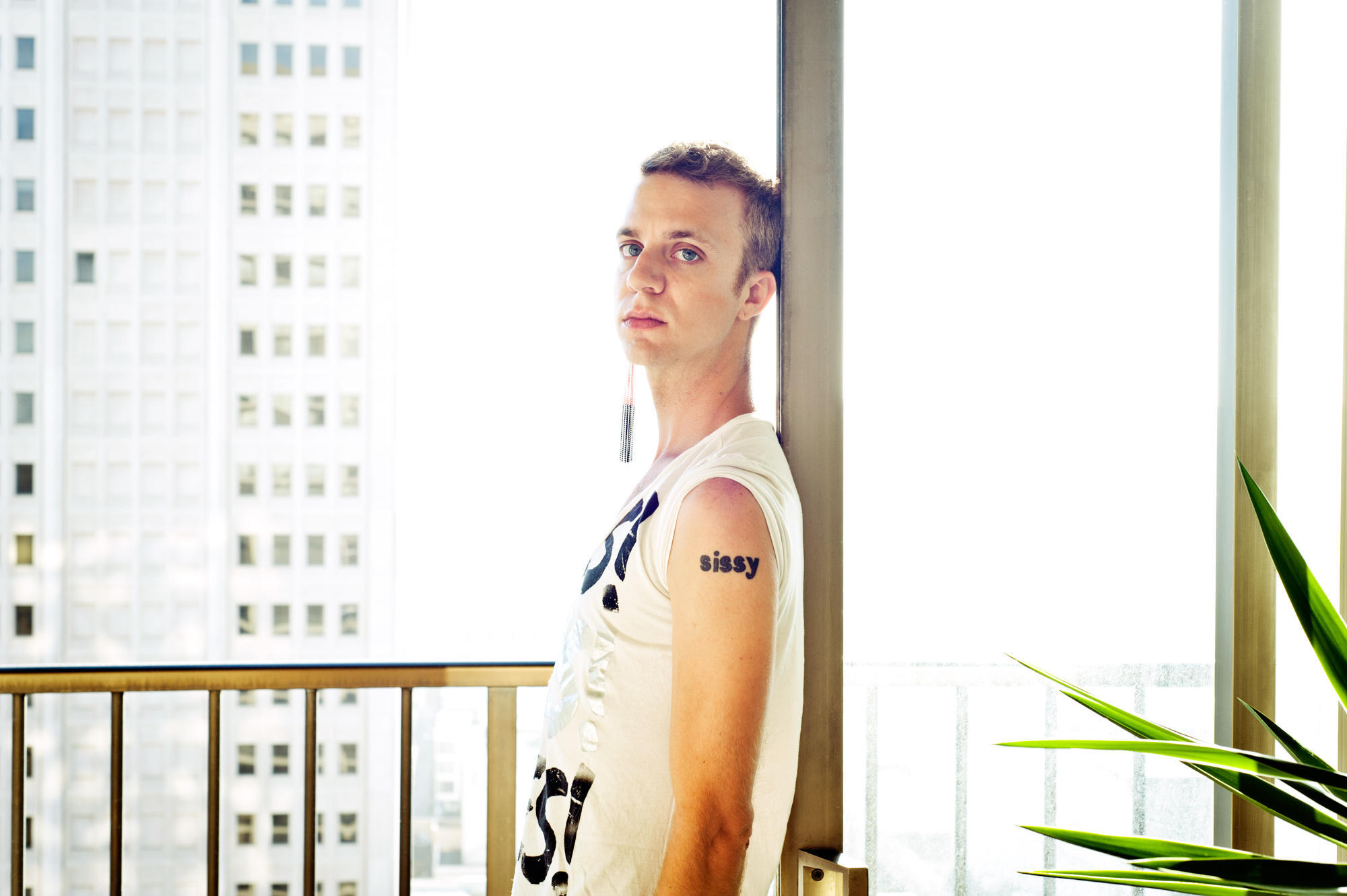
It must be intensely emotional but amazing going into these people’s lives and homes, listening to their tales.
Definitely the first interviews were really emotional – meeting people who had same experience, realising I’m not alone, that other people are out there who have felt that way, thought those same things.
How do you think your Brazilian roots and experiences living abroad have enriched your photographer palette? Obviously they must affect your style, breadth and photographic eye. Colour must be a big part of it, having experienced so much of the vibrancy in Latin American countries.
Yes, colour definitely. I grew up travelling with my family a lot and speaking Portuguese at home. I also speak French and Spanish, and all that has definitely shaped who I am and how I experience things. I was a serial traveller abroad. I think it should be mandatory for everyone. It’s led me to all sorts of interesting experiences I wouldn’t have otherwise had. Now when I do all my travel photography work I feel so comfortable going anywhere last minute, even bringing my daughter with me; it’s part of who I am.

Are there any other projects that particularly inspired or excited you?
I did this job for Nikon in San Francisco. It was so inspiring, as it was the biggest shoot I’d ever done in terms of production. There were maybe 30 people on set, in four different locations, with a bunch of different models. It was so awesome and I loved it so much, which I wasn’t expecting. It just felt so good because I’m actually a Nikon shooter – it’s a product I use and love. It was super inspiring, in so many ways.
Such a stark contrast to the one-on-one intense situations, with bloggers inside their homes and the subjects of The Kids project.
Rodeo Queens is another favourite project. It started off as an assignment for Cosmopolitan but evolved into much more than a magazine spread. We had a long term assignment to follow Miss Rodeo Oregon around for five months up to the Miss Rodeo America competition in Las Vegas. Coming from New England, I knew nothing about rodeo queens going into this or that they existed. But in that world it’s a big deal. We went out west a bunch of times to Pendleton, Oregon, one of the largest, most historic rodeos in the country. Unlike my usual experiences, this was totally different for me, as it was something I knew nothing about.
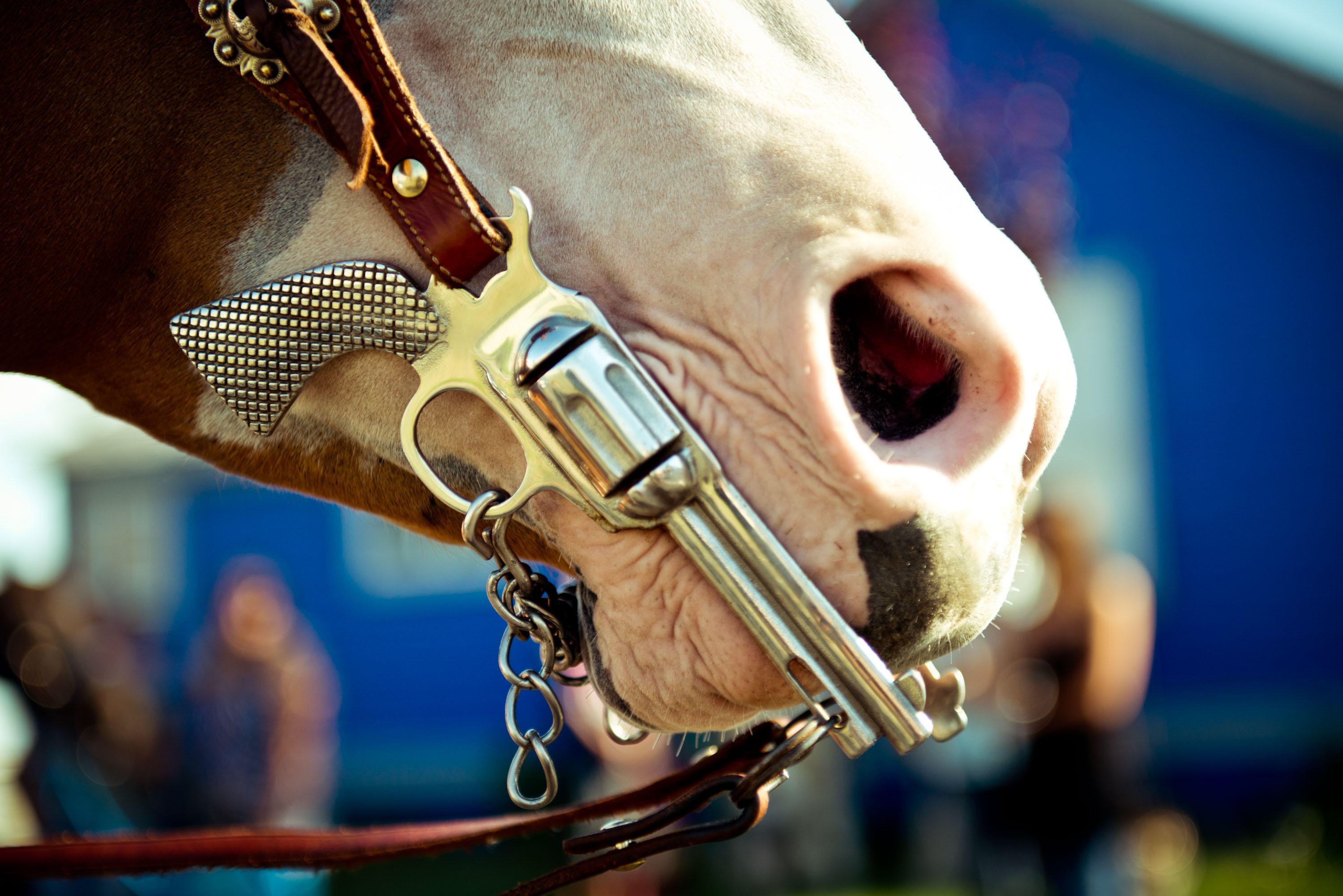
What elements surprised you about it?
Perhaps the fact that I was opened up to this whole new world. It was a total cultural immersion for me, from seeing parts of the country I’d never visited to attending my first rodeo, from shooting guns to bonding with girls outside my social circle.
Behind the sequined outfits, hair curlers and glitzy make-up, you also learnt there’s a fierceness and strength in these women.
Totally. If you want to be a rodeo queen, you have to master everything from waking up at 4am most days, to parading through town on horseback during sweltering summer heat in 40lbs of leather. And you need to make it look good. You need to know the signs of colic in horses and around 4000 facts about any aspect of rodeo or western life. You need to get on a horse you’ve never seen before, tear through an arena on horseback at full gallop with screaming rodeo fans, and drive your truck thousands and thousands of miles. You also have to leave your family, your home and life behind you and commit, 100 per cent, to being a rodeo queen. Now that’s tough.
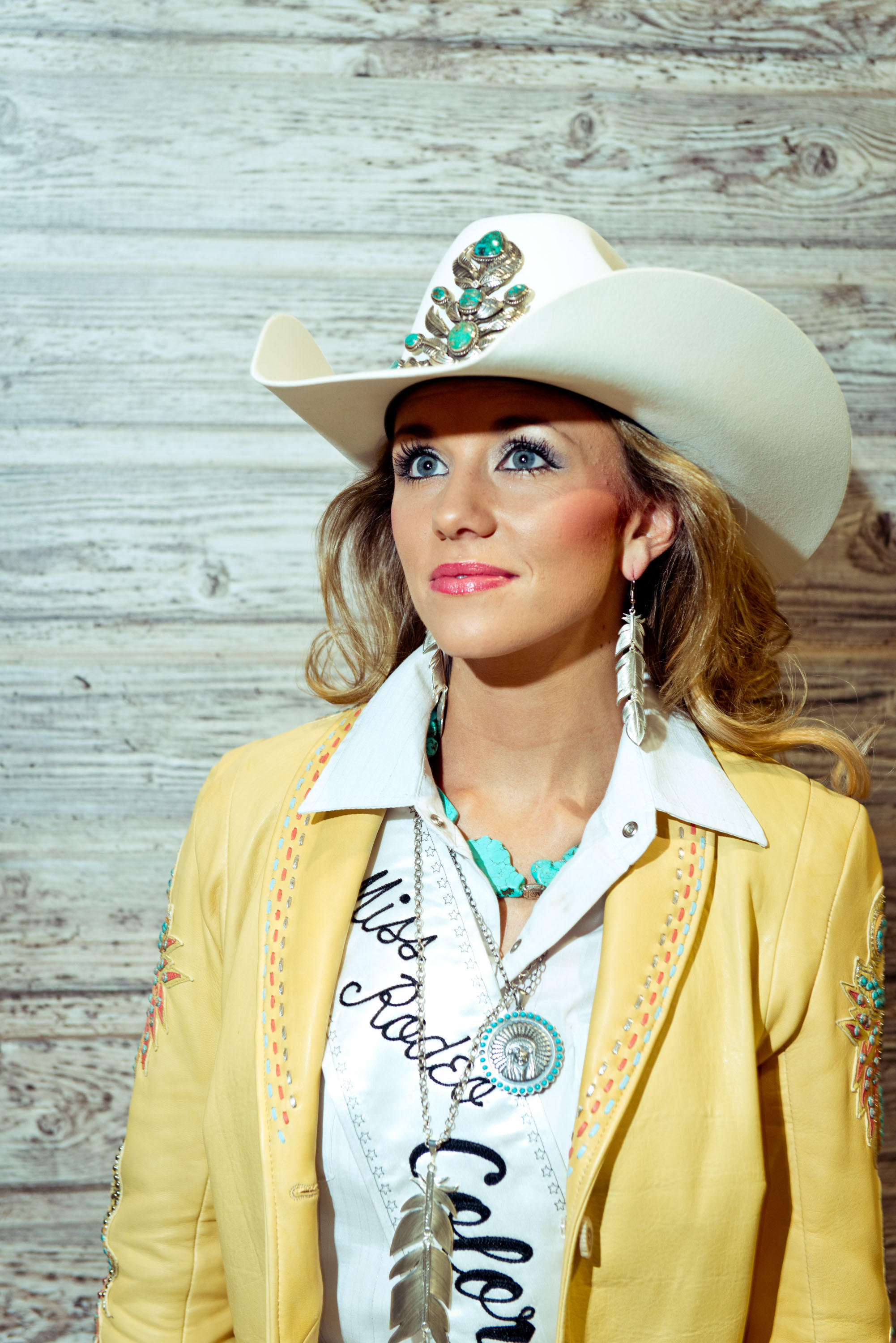
Do you feel there are certain things that sharpen your perspective as a photographer or your view on the world?
When people see my work they will comment that I have such an eye, but for me it’s not a conscious thing. I just take what interests me, whether it’s a block of light or piece of clothing, it’s just how I see, how I photograph.
In your life, who or what inspires you or has impacted on your photography?
Growing up in Boston, I spent my summers on Martha’s Vineyard [a Massachusetts beach island] and I still get there whenever I can. That’s the place where I feel the most inspired – where I shoot all the time. It’s my happy place, the scenery is beautiful, and my people and community are there. I make so much personal work out there. It inspires me but sort of recharges me too. There’s probably also an association of nostalgia and childhood, it’s a comfort zone, where I can be the best version of myself and get the best photos.
I was so inspired by Francesca Woodman and also Sally Mann [another American photographer also known for her large black and white portrait photos] when I was younger. I literally pored over them every day in ninth grade. It’s so different when doing self-portraits now; selfies have diminished the whole idea of the self-portrait.
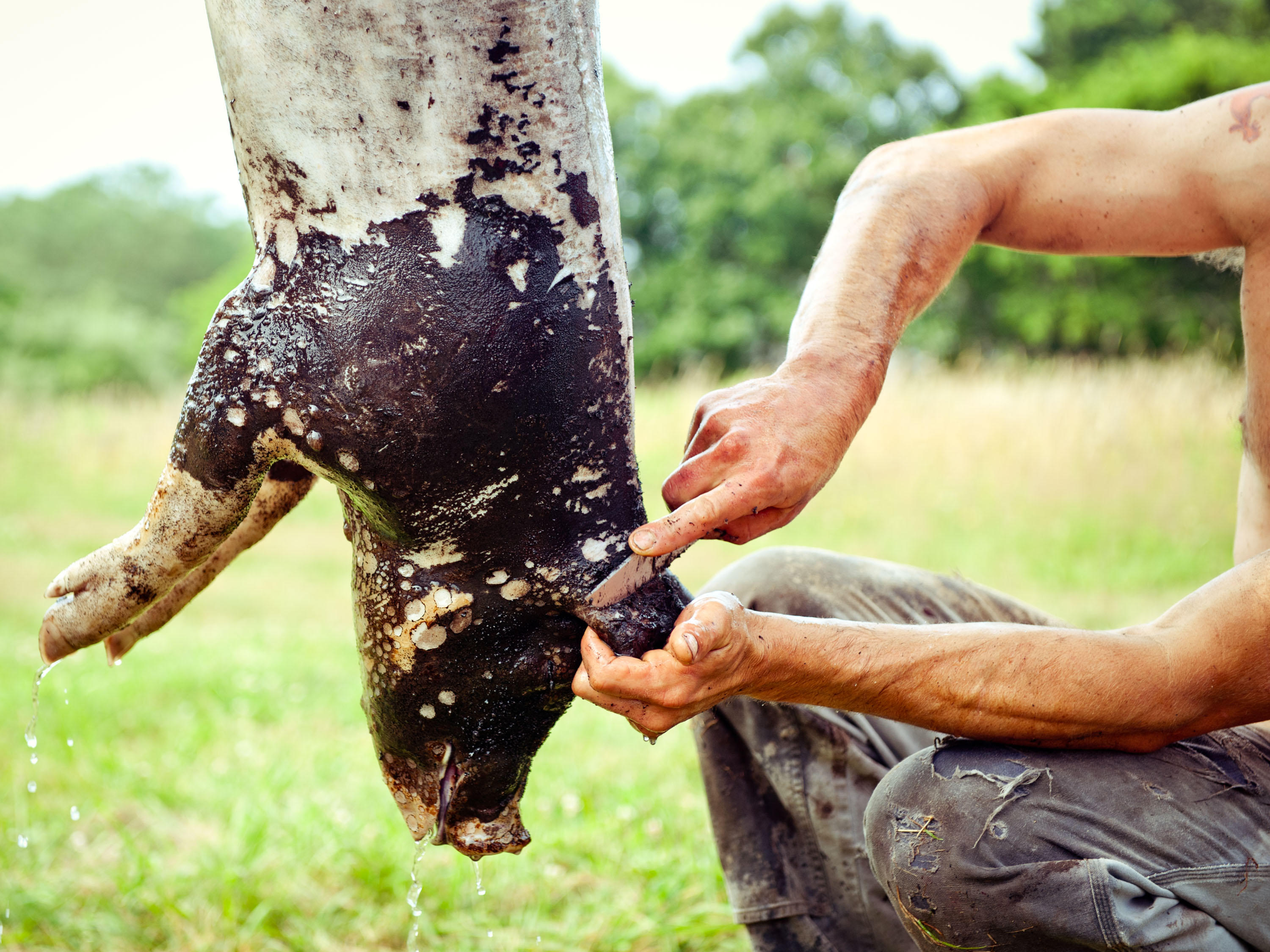
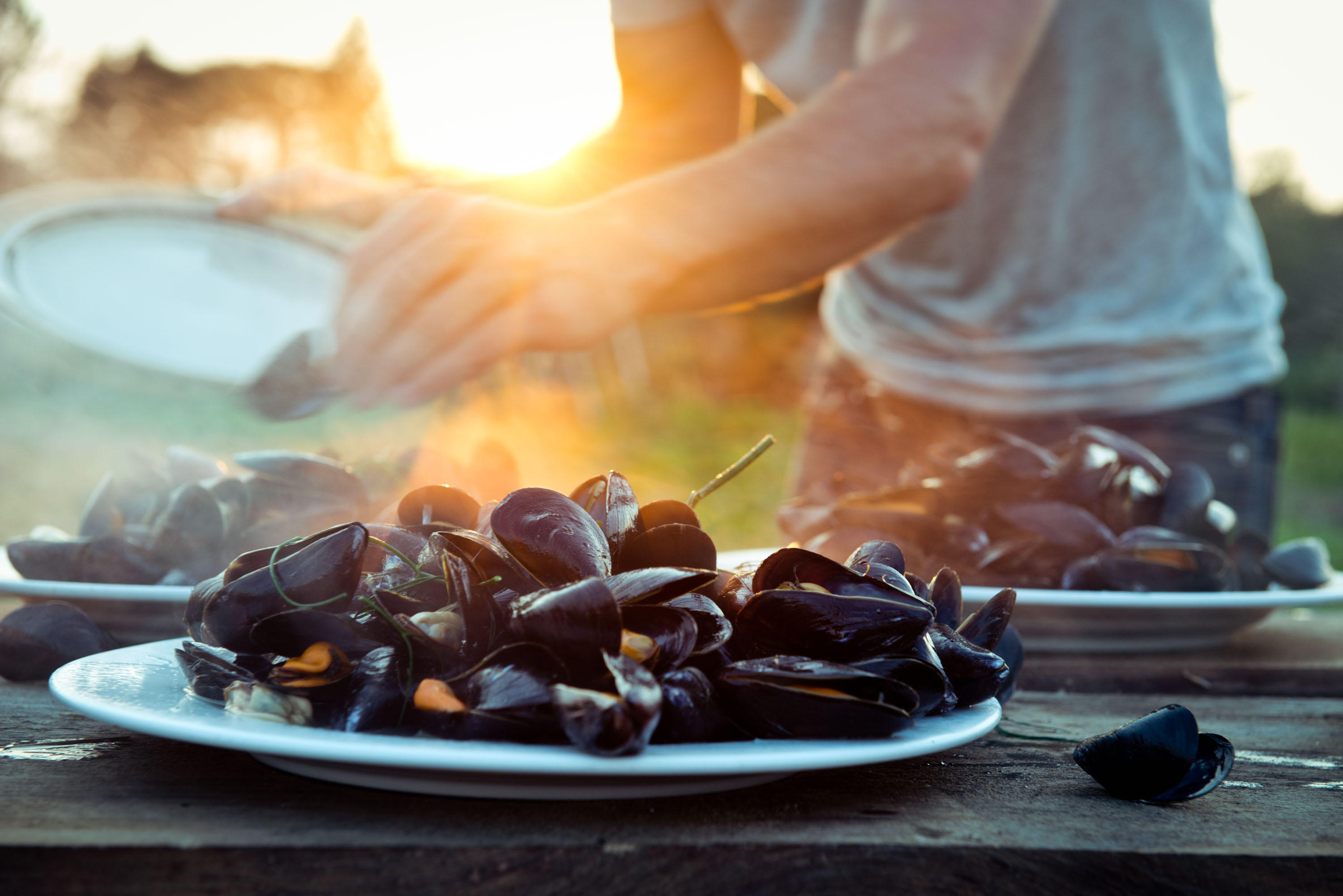
How do you feel you’ve evolved as a photographer?
Obviously you’re always evolving, if I wasn’t, it would be to my detriment. I used to have more time to sort of just play around, with self-portraits, or shoot for fun. Because I don’t have that as much any more, I think my work doesn’t feel as loose. It’s almost devolving! But I think because of that, the work I do shoot is a little tighter, more cohesive at getting points across.
What do you have in mind while taking pictures?
I rarely try to make a portrait where I’m painting the subject in a negative way. I also don’t want to do glam portraits. I definitely make people feel relaxed and comfortable, and I think that’s very apparent when I’m shooting. People laugh at me because I get so excited, so verbal and enthusiastic.
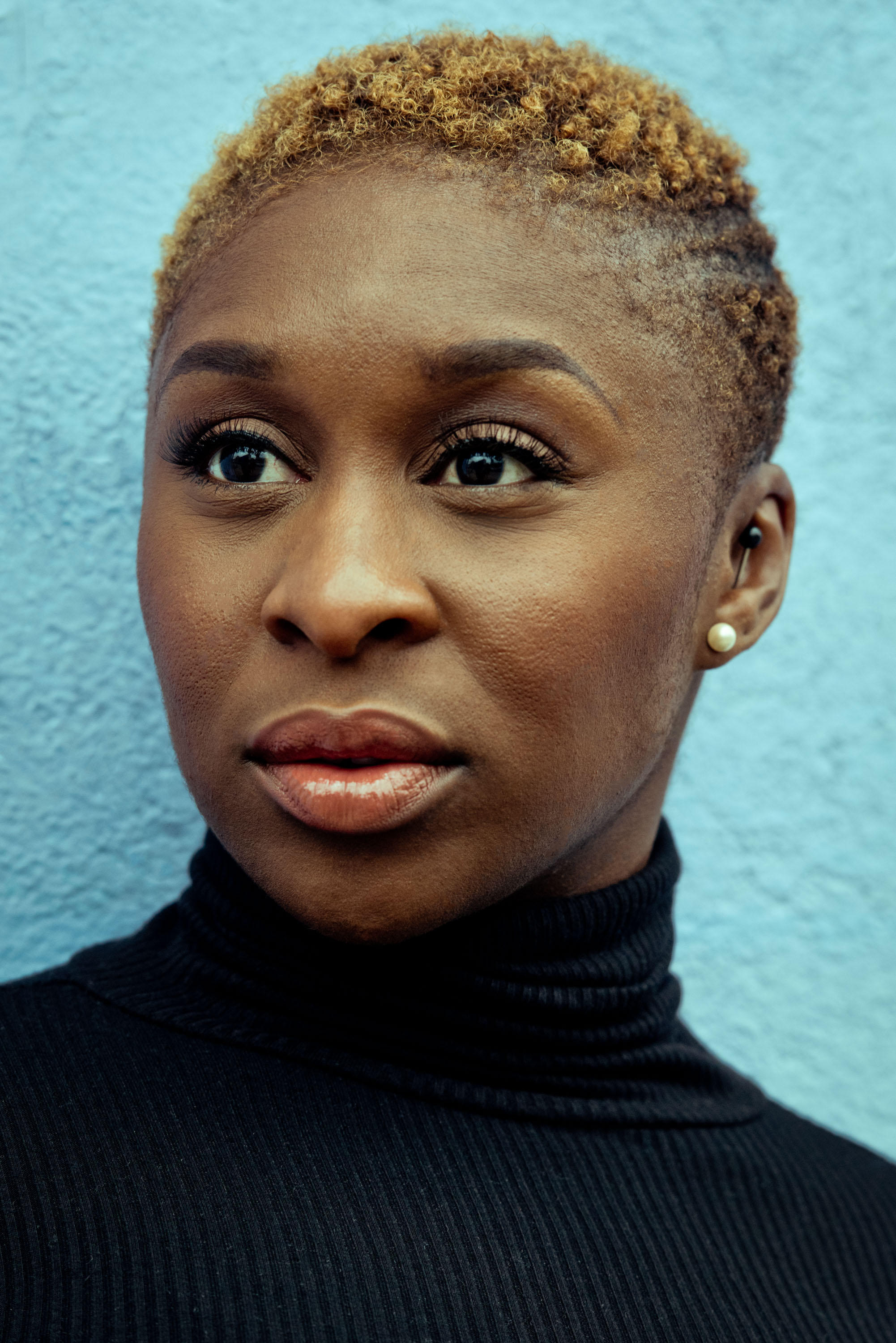
You’re doing what you love. Does that motivate you to keep on growing and developing?
Yes, for sure. There is no question in my mind that this is my career path. I can’t imagine doing anything else. I’m dedicated, it makes me happy, and even with all these changes in the industry I still think photography will persist. It’s such an amazing medium.
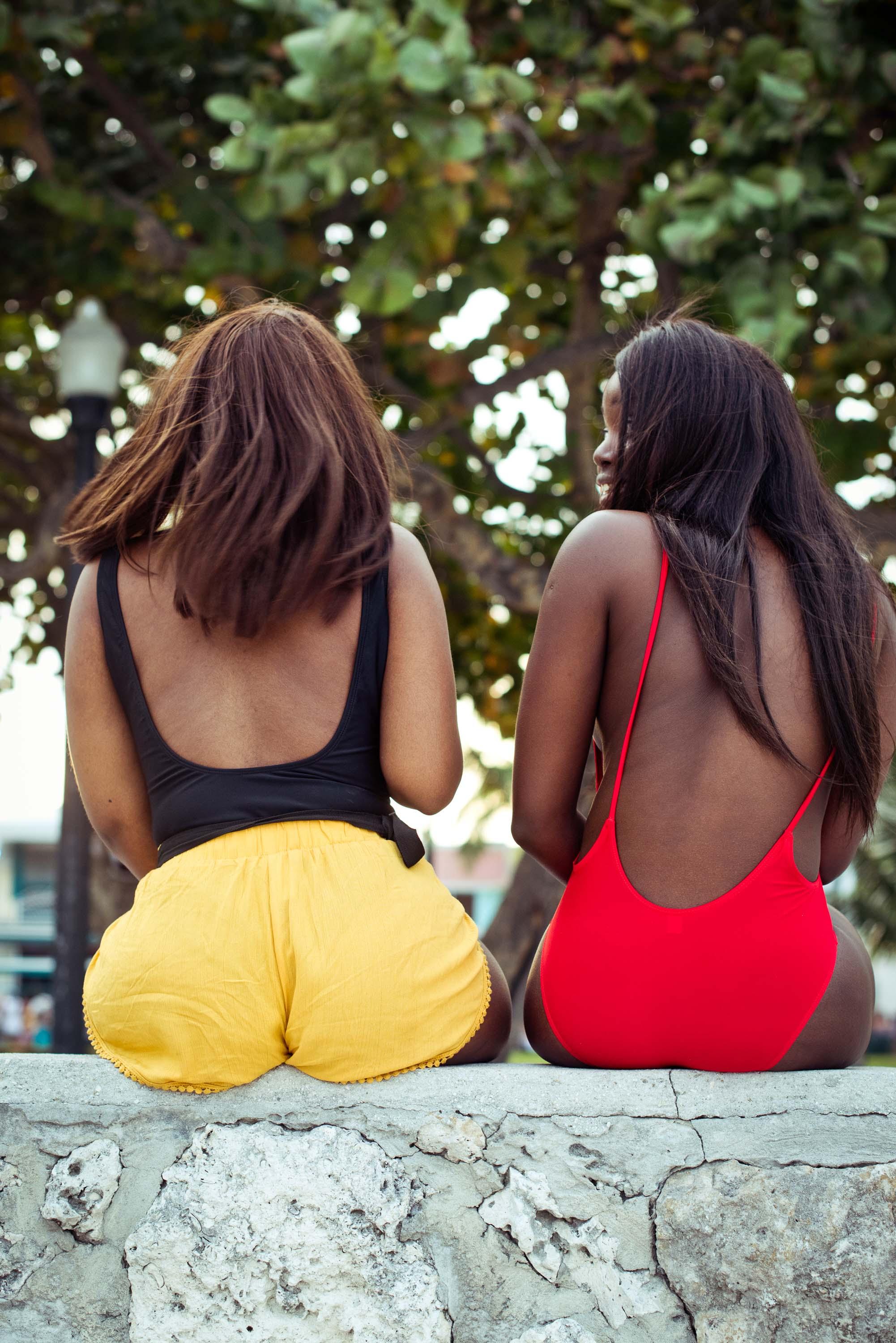
Gabriela is represented by Tea & Water Pictures. You can see more of her work here:
